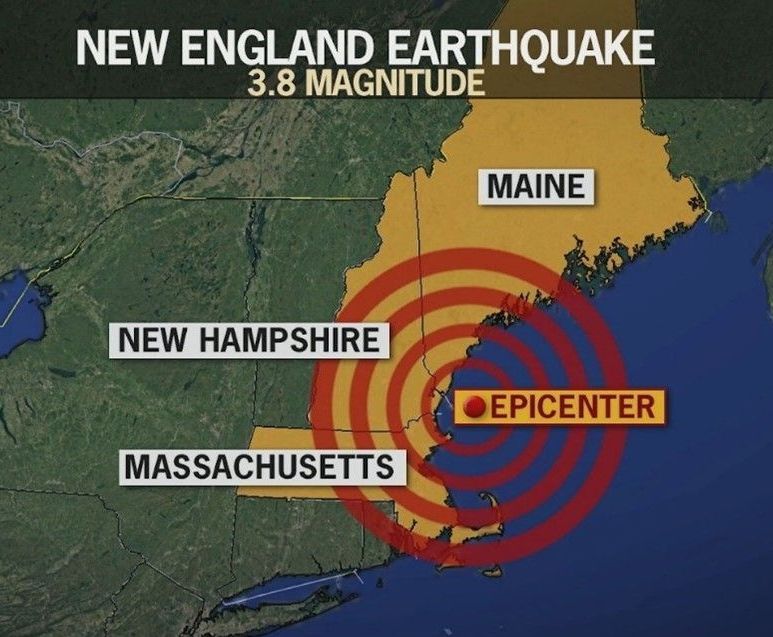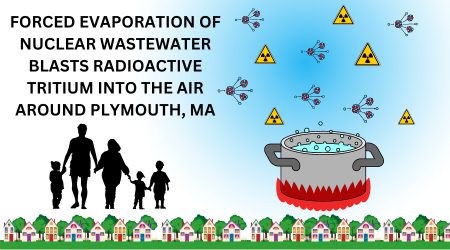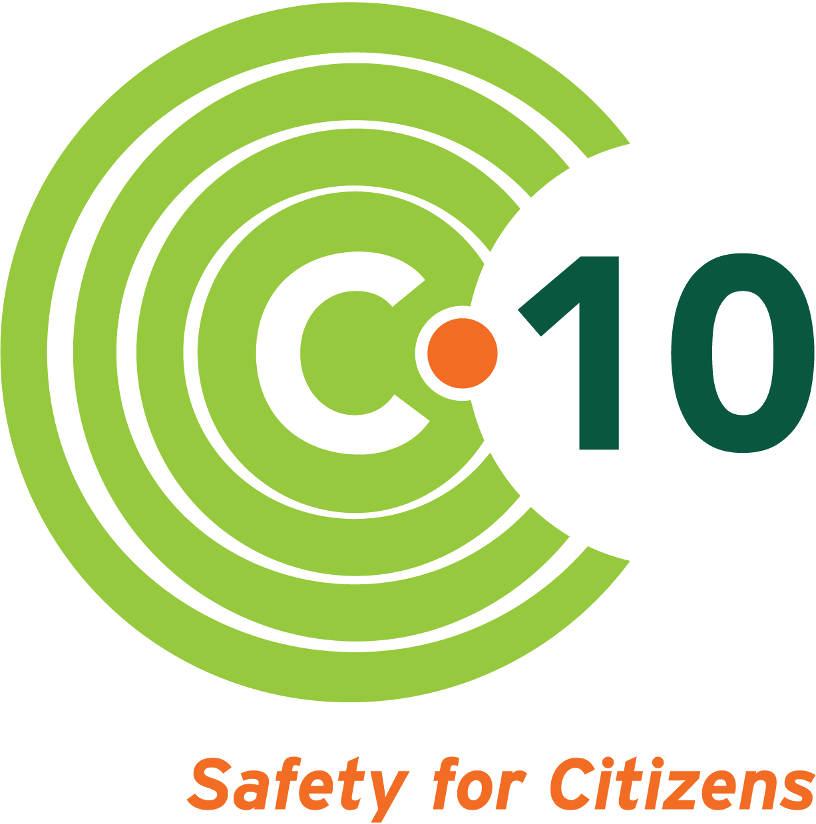Legal Maneuvering in Concrete Case
- By Natalie Hildt Treat
- •
- 06 May, 2019
C-10 Responds to NextEra’s Attempt to Restrict Scope in case on Seabrook's Degraded Concrete

C-10 Research and Education Foundation (C-10) has filed a response to plant owner NextEra’s legal motion to prohibit testimony from C-10, challenging key portions of the group’s contentions on the ability of the plant’s degraded concrete to protect the public.
"NextEra is trying to do all they can to cut the legs out from under us even before this hearing starts,” said Natalie Hildt Treat, C-10’s executive director. “That goes to show how seriously they are taking this case, and thus the true merits of the contentions we have filed,” said Treat.
In October 2017, the U.S. Nuclear Regulatory Commission’s Atomic Safety and Licensing Board admitted five of C-10’s contentions in a proceeding on NextEra’s License Amendment Request relative to the plant’s concrete troubles, a condition known as alkali-silica reaction (ASR). The Board admitted C-10 as a formal, legal intervenor in the case and reformulated five accepted contentions into a single contention:
The large-scale test program, undertaken for NextEra at the FSEL, has yielded data that are not “representative” of the progression of ASR at Seabrook. As a result, the proposed monitoring, acceptance criteria, and inspection intervals are not adequate.
C-10 is preparing for a public hearing to be held locally the week of September 23. Our written testimony is due on June 10, yet our group has been forced to expend resources responding to what it sees as a baseless and insupportable legal move from NextEra.
As C-10’s May 3 filing describes, this proceeding concerns C-10’s admitted contentions regarding NextEra’s proposed measures for monitoring ASR at the Seabrook nuclear power plant. Those monitoring measures are part of the “methodology” conceived by NextEra to assess the relatively recently-discovered phenomenon of ASR. Because of its novelty, ASR is not addressed by applicable industry codes for assessing the safety of concrete reactor structures.
By its motion, NextEra is attempting to “exclude from the record all testimony and portions of exhibits offered for the purpose of challenging the Structure Deformation Monitoring portion of NextEra’s License Amendment Request No. 16-03 (‘LAR’).” NextEra also seeks to exclude testimony and exhibits regarding the “finite element analysis” employed by NextEra in its evaluation of ASR.
“NextEra has failed to show a ‘compelling need’ to pre-emptively exclude any testimony relating to finite element analysis at this early point in the proceeding—before any testimony has been filed, let alone a hearing conducted,” wrote C-10’s attorney Diane Curran, an expert in nuclear regulatory issues with the Washington, D.C. based firm Harmon, Curran, Spielberg and Eisenberg, LLP.
Citing precedent-setting cases that have come before the ASLB, Curran wrote that “NextEra’s Motion should be denied because it is based on an oversimplification and mischaracterization of C-10’s contentions and could improperly exclude relevant evidence.”
"Seabrook is the only nuclear power plant in the country where ASR has been identified—which does not mean it's the only plant where it exists," said Christopher Nord, C-10 board member who is leading the group’s legal challenge. "Their methods deserve public scrutiny. The outcome of this case could affect the lives of Maine, New Hampshire and Massachusetts residents for decades to come," Nord said.
"I'm concerned about what I have read about the tests that have been conducted, and how they were used in subsequent safety assessment analysis. I have also concerns about what appears to be simplistic safety assessment procedures for such a complex and new program, and that the test results have not been independently verified," said Dr. Victor Saouma, C-10’s technical expert.
Upcoming Event: Dr. Saouma, Professor of civil and structural engineering at the University of Colorado, Boulder, will deliver the keynote address at C-10’s Annual Public Meeting on June 27 at 7 pm at the Newburyport Public Library.
BACKGROUND INFORMATION
About alkali-silica reaction (ASR) at Seabrook
In 2016, NextEra submitted a license amendment request in recognition of its being out of design basis due to ASR-compromised concrete. In October 2017, C-10 Research & Education Foundation was granted standing in a case being considered by the U.S. Nuclear Regulatory Commission’s Atomic Safety and Licensing Board. C-10 disputes the merits of NextEra’s methods to mitigate the significant risk caused by ASR. NextEra Energy Seabrook LLC’s pending license amendment request is relative to the
deteriorating concrete at the plant, which has been operating since 1991. Citing serious safety concerns with the concrete and flaws in the concrete testing and monitoring methodologies, C-10 sought intervenor status in the NRC docket. A public adjudicated hearing is expected in July 2019. C-10 had alleged in its April 2017 petition to the NRC that the testing was inadequate and not representative of actual conditions at Seabrook, and that if the concrete failed and resulted in a radiological release, its monitoring operations, its members, and the public at large could face grave danger. For more information, see this C-10 fact sheet on ASR and Seabrook.
About Victor Saouma, Ph.D., C-10’s Expert Witness
Victor Saouma, Professor of civil and structural engineering at the University of Colorado, Boulder, is serving as C-10's expert witness in the case regarding Seabrook's concrete. Saouma's work centers on what he sees as flawed test results that affected the safety analysis underpinning NextEra Energy Seabrook's concrete aging management plans. A nationally-recognized expert on alkali aggregate reaction (AAR, or in the case of Seabrook, ASR) Saouma has studied its effects on nuclear reactors—in particular, how the containment structures could be weakened should an anticipated earthquake occur. Saouma has worked for decades on concrete structure and material properties, and has many peer-reviewed technical articles on topics regarding concrete degradation. Saouma has researched ASR at nuclear power plants under contract with the U.S Nuclear Regulatory Commission.Follow us



